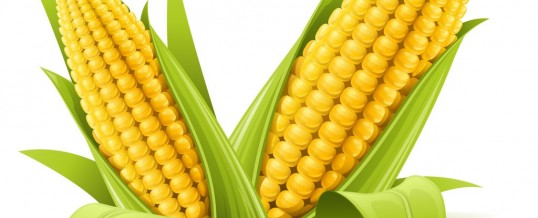
A quick search of the grocery store shelves will reveal many different products which contain high fructose corn syrup (HFCS). From baked goods, to canned goods, frozen items to beverages, it seems that few products are immune from the presence of the controversial sweetener. What is it about HFCS that makes it so controversial? I’ve seen the ads on TV (sponsored by the Corn Refiners Association) telling me that my body doesn’t know the difference between sugar and HFCS, so why is HFCS so vilified? I decided to do a little digging and was surprised by what I found.
HFCS was developed in the late 1950’s and introduced to the American food supply in 1970. At this time cane sugar and beet sugar were the primary sweeteners being used in the US. In the 1970’s the prices of cane sugar and beet sugar began rising due to trade restrictions and other conditions. The price of cane sugar became prohibitive and HFCS was found to be a good substitute for sugar in processed foods. Not only did HFCS perform well as a sweetener, its cheaper price allowed manufacturers to increase the size of products offered, like beverages, with minimal impact to production costs.
HFCS is made from “dent” corn, which is not the type of corn you would buy at your local farmer’s market and eat with your dinner. In order to produce HFCS the corn is cleaned, soaked, ground, washed, dried, milled, and turned to cornstarch. This cornstarch is then made into liquid corn syrup using hydrolysis. At this point the syrup is mostly glucose. An enzymatic process converts some of the glucose to fructose and voila, HFCS is created. There are two types of HFCS found in our foods. HFCS-42 (42% fructose) is used primarily in baked goods and canned foods, while HFCS-55 (55% fructose) is used in beverages. When present in processed foods HFCS serves many purposes. Not only does HFCS add flavor, it also makes the texture of some foods more pleasant, aids in browning of baked goods, acts as a preservative to prevent staleness, and aids in fermentation needed for baked goods and alcoholic beverages.
Perhaps the main controversy in any discussion about HFCS is in how it is processed by your body and the ramifications of this. Regular sugar (sucrose) is made up of two sugar molecules bound together in equal amounts – fructose and glucose. Because of this bond your body must digest the sugar and break the bond before the glucose and fructose can be absorbed. In contrast, the fructose and glucose in HFCS is blended, which means it doesn’t need to be digested before it is metabolized and absorbed into the bloodstream. Due to this many people believe that consumption of HFCS may lead to increased appetite, weight gain, and other unpleasant (and unhealthy) conditions. While much has been written about this belief, I was unable to find any credible studies which confirmed this. Instead (and surprisingly), most of the studies I found concluded that HFCS and sugar behave similarly once ingested and have similar impacts on the body.
Whether you agree with the Corn Refiners Association, the people who think HFCS should be removed from our food chain completely, or fall somewhere in the middle, one thing is clear (and agreed on by all parties) – both HFCS and regular sugar should be consumed in moderation. A healthy diet should be largely based on things that do not contain either item. If you are looking for foods that don’t contain HFCS check out the search feature at greenestbeans.com.
ShareAPR

About the Author: